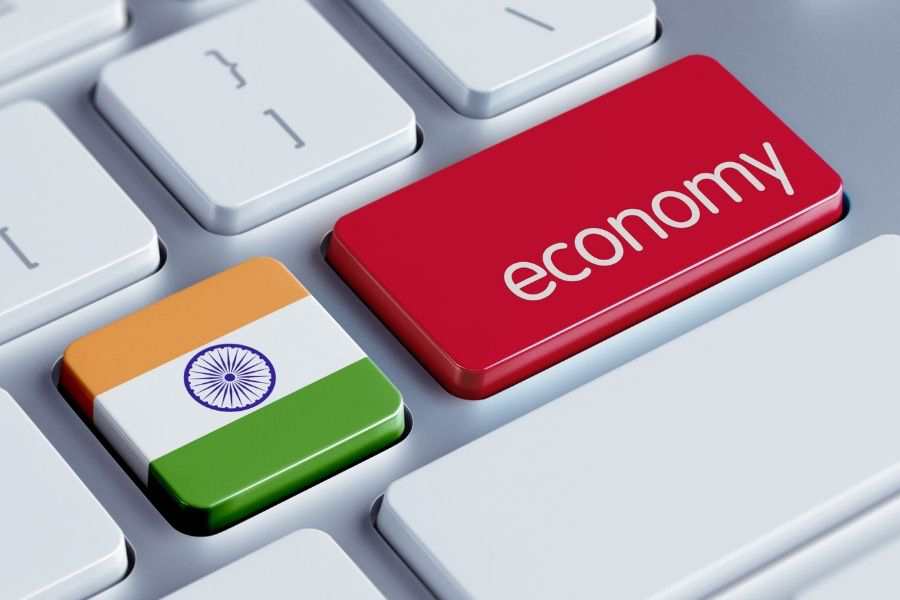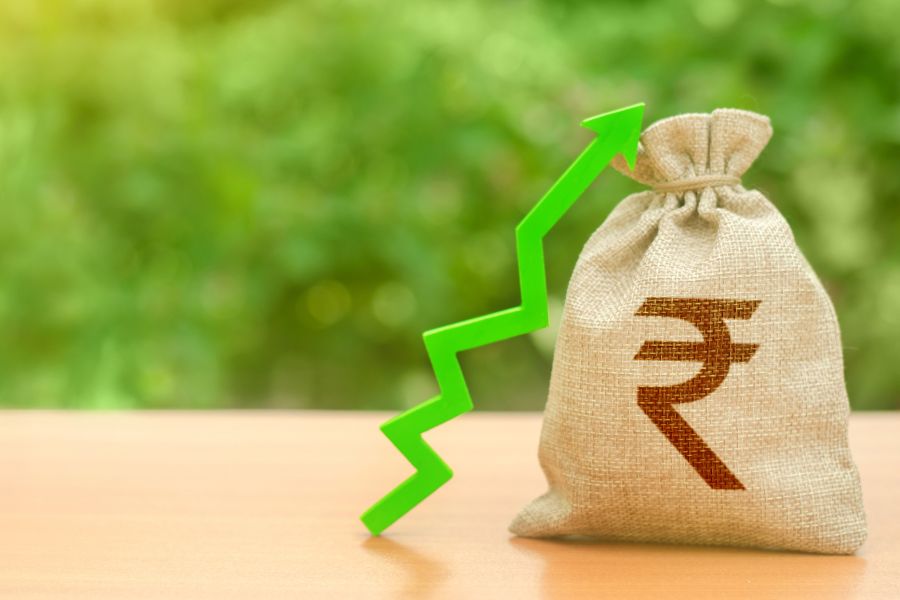US$7 billion revenue expected from circular electronics by 2035
A collaborative study conducted by the India Cellular & Electronics Association (ICEA) and Accenture, titled “Pathways to Circular Economy in Indian Electronics Sector,” has highlighted that there exists a substantial prospect to generate $7 billion in revenue within India’s electronics sector by 2035 through the adoption of circular business models.
The report highlighted six distinct circular business models, encompassing activities like circular design, repair, and reselling, among others.

Image Credit: Shutterstock
A collaborative study conducted by the industry association ICEA and Accenture has revealed that the circular electronics business model, spanning from product conception to recycling, holds the potential to establish a substantial market opportunity reaching USD 20 billion by 2035.
The report emphasizes that by promoting repair services across multiple brands, establishing clear refurbishment benchmarks, and introducing a product-as-a-service structure, it is feasible to generate 110,000 high-calibre green jobs within the formal sector. Moreover, this approach could also lead to a significant reduction of 1.6 million tonnes in greenhouse gas emissions originating from smartphones and laptops by the year 2035.
As per the report, “There are six distinct circular business models, encompassing activities like circular design, repair, and reselling, among others. These models collectively have the capacity to reveal an undiscovered revenue potential of USD 7 billion by the year 2035. While the projected market size for these circular approaches alone is estimated to reach USD 13 billion by 2035, the potential expands to USD 20 billion when considering the broader addressable market achievable through collaborations between the public and private sectors.”
Unveiled by Ministry of Electronics and IT Secretary, Alkesh Sharma, the report aligns with the government’s dedication to circular business models tailored to India. It assesses preparedness, detects prospects, and suggests well-founded policies, propelling us towards conscientious resource management and the 4Rs: reuse, repair, recover, re-manufacture,”.
The report incorporated a communication from MeitY, wherein the Secretary of the IT ministry remarked, “Circular economy approach is thus imperative to fulfil the need of resources for the growing economy, like India”.
The electronics industry in India, a crucial driver of the country’s economy, is transitioning from a linear model to a circular paradigm, emphasizing a comprehensive stance on sustainability. The report emphasizes that this transformation should go beyond its involvement in e-waste management and develop into a force for resilience, resource effectiveness, and economic advancement.
Here are a few key highlights mentioned in the report:
Economic potential: The report pinpoints six circular business models, such as Circular Design, Repair, and Resell, capable of unleashing a notable $7 billion in previously unexplored revenue by 2035. These models possess the capacity to reshape the electronics industry, stimulating economic expansion and fortifying its adaptability.
Risk of value wastage: The report underscores that neglecting the shift towards circular practices could affect approximately 1-3% of the electronics industry’s EBITDA, resulting in potential revenue reduction.
Balancing act: Considering India’s distinct socio-economic and manufacturing environment, the report underscores the significance of effectively managing five essential trade-offs. These encompass choices pertaining to policy direction, formalization of the informal sector, encouraging business-friendly conditions, overseeing supply-side capabilities, and capitalizing on shifts in consumer-driven demand.
Market size: The circular business models are anticipated to play a role in establishing a market size of $13 billion by 2035. Yet, by means of impactful collaborations between the public and private sectors, the report proposes that the entire reachable market might expand to $20 billion, unveiling an impressive untapped potential of 35%.
Policy Interventions: The report introduces nine ambitious policy measures that cover downstream, use-phase, and upstream directions. These measures encompass the endorsement of multi-brand repair services, the formulation of refurbishment standards, and the development of product-as-a-service frameworks.
As per the report’s findings, there exist pragmatic and fundamental steps or measures that must be undertaken to propel and execute India’s shift towards a circular economy. These steps comprise:
- Construct a targeted plan outlining crucial interventions to ensure rapid execution.
- Cultivate a mutual comprehension among stakeholders to streamline joint decision-making.
- Engage in courageous endeavours, such as restructuring Extended Producer Responsibility (EPR) execution and attracting significant investments.
- Promote collaborative efforts within the industry to lead the way in transformation and set benchmarks.
- Embrace data-centric policy formulation for unbiased decision-making and efficient enactment.
- Institute industry norms for e-waste auditing to guarantee adherence across all stakeholders.
Currently, the recycling capabilities in India are disintegrated. Approximately 60% of recyclers possess capacities of less than 1,000 tonnes per annum, constituting roughly 15% of the overall installed capacity. By engaging in e-waste recycling, India has the potential to decrease its reliance on imports required for manufacturing electronic goods.
As per the report, out of the 14 metals (encompassing precious and rare earth elements) found within a device, India currently relies entirely on imports for 8 of them, underscoring the importance of fostering self-reliance in strategic raw materials.













Leave a comment